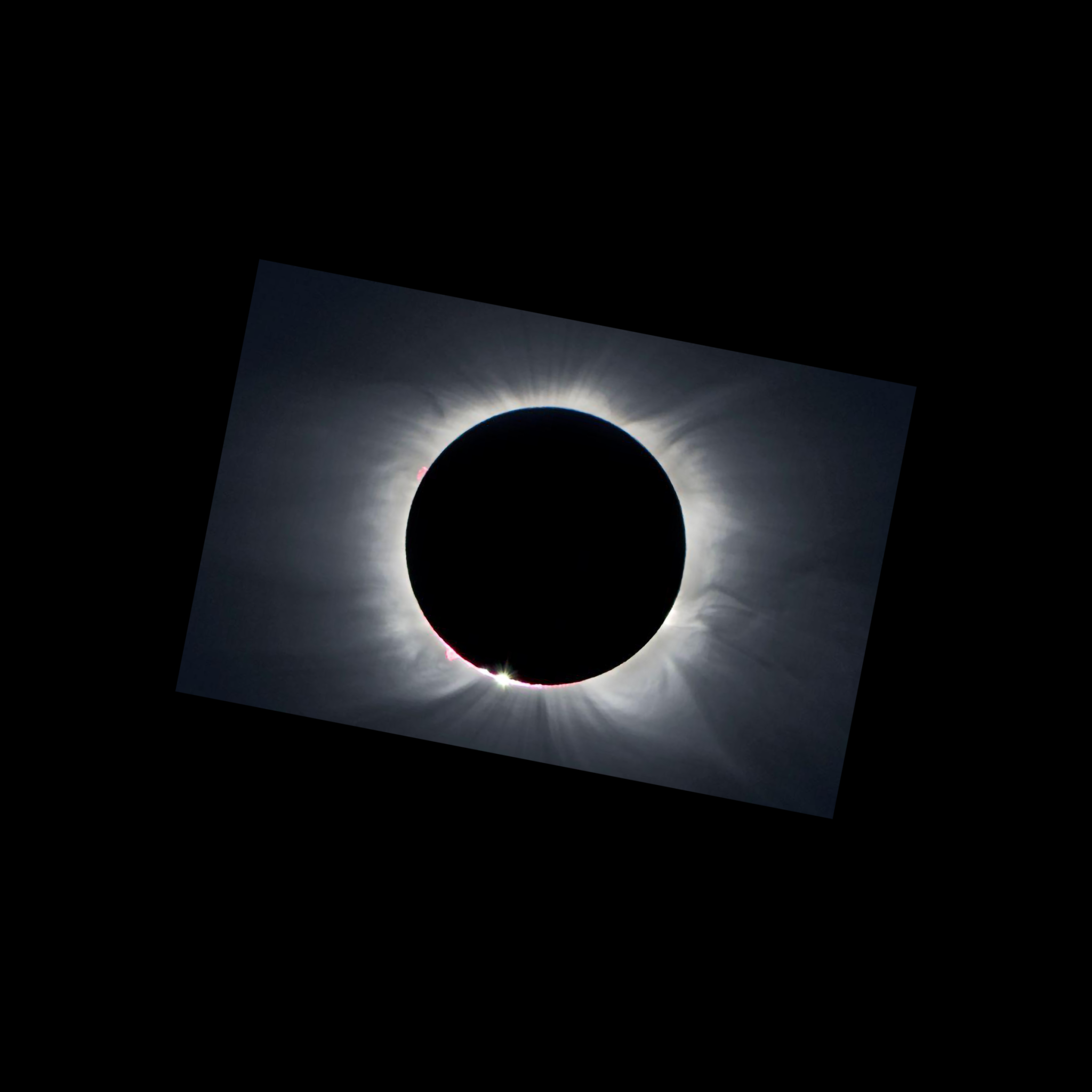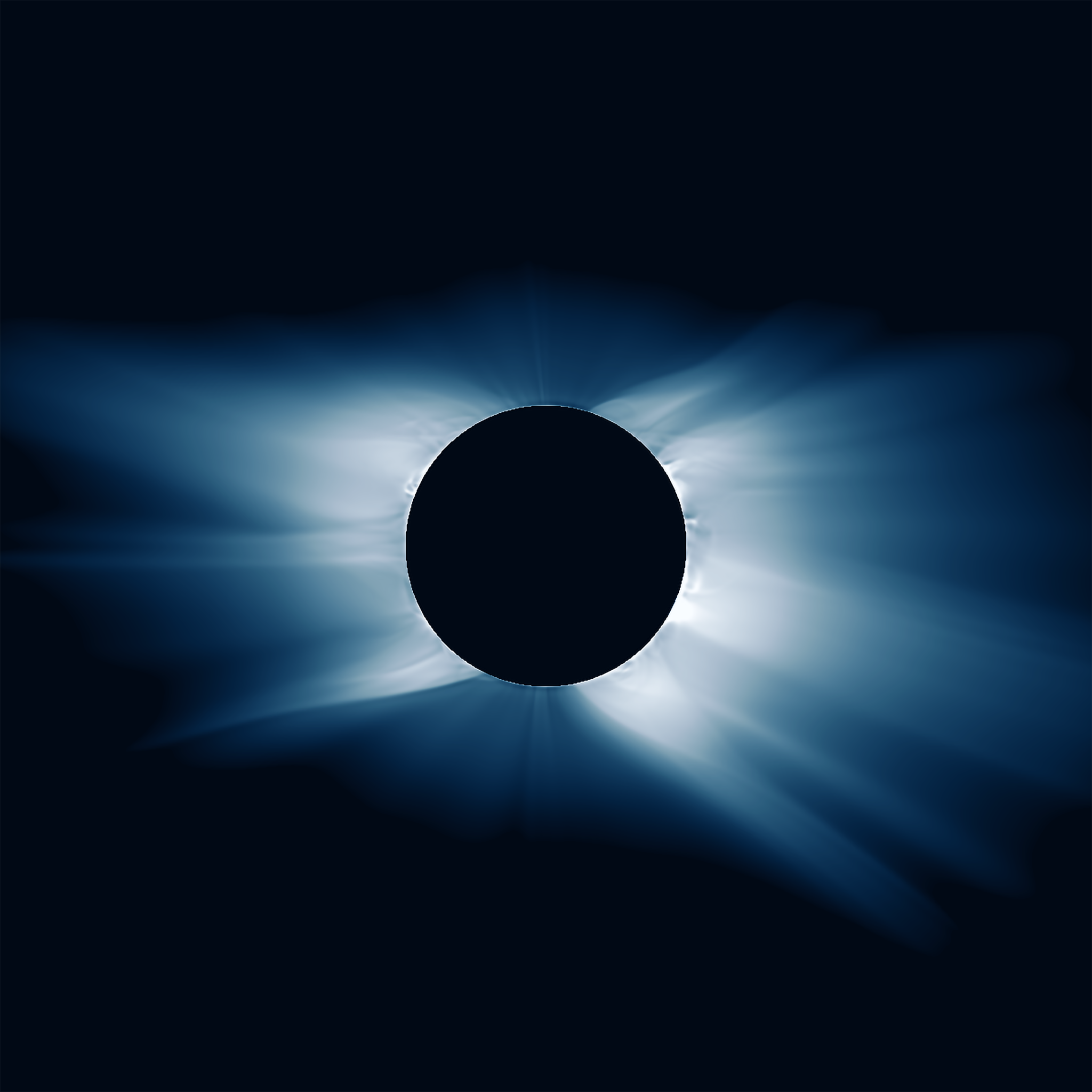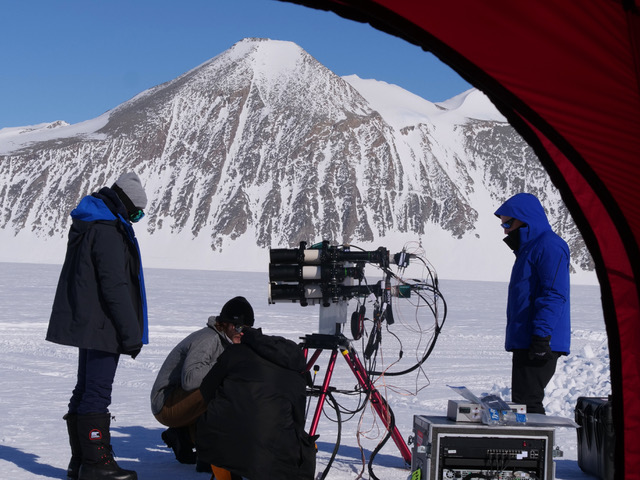Few were in the path of the world’s latest total solar eclipse, which swept across Antarctica in the early morning hours of Dec. 4. With or without a crowd, the eclipse took place according to a tale as old as time: The Moon passed between the Sun and Earth, casting its shadow and briefly revealing the corona, the Sun’s pearly outer atmosphere.
A week in advance, data from NASA’s Solar Dynamics Observatory, or SDO, enabled a group of researchers from Predictive Science Inc. to predict what the eclipse would look like from the ground. Although they would not view it themselves, the eclipse offered the researchers an opportunity to make and test complex predictions of the corona, which sends superhot gases gusting through the solar system.

This constant flow shapes the dynamic space conditions known as space weather. Modeling the corona is a key part of better understanding and eventually predicting space weather, which affects satellites, astronauts, and everyday technology like radio and GPS.
An expedition led by Williams College astronomer Jay Pasachoff took the eclipse images from Union Glacier, Antarctica. (According to the expedition, the temperature was approximately 5 degrees Fahrenheit on the ice; during totality, it dropped to minus 4 degrees.)
By comparing the eclipse prediction to the eclipse photographs from the ground, as well as other spectroscopy data, the researchers can interpret the observations and assess their models. If there are discrepancies, these may indicate where researchers should focus on improving the theory and methods that comprise their model.
Solar activity is not constant; it ebbs and flows over a natural 11-year cycle. Currently, the Sun is growing increasingly active, so its magnetic field is changing rapidly. Indeed, during totality, a solar eruption known as a coronal mass ejection was visible in the Sun’s outer atmosphere.
“That makes predicting the corona especially challenging,” said Predictive Science researcher Cooper Downs. “The corona’s appearance can change a lot in a matter of days.” This was apparent in the differences between the two predictions, made two weeks apart.
Predictive Science Inc. – a private computational physics research company based in San Diego, California, and supported by NASA, the National Science Foundation and the Air Force Office of Scientific Research – used data from NASA’s SDO, New Mexico State University, and the National Solar Observatory to develop their prediction. The group primarily ran the model on the Pleiades supercomputer at NASA’s Advanced Supercomputing division at the agency’s Ames Research Center in Silicon Valley, California.
“Overall, I’m quite happy with the comparison,” Downs said. “A lot of structures are still in the right place.”
By Lina Tran
NASA’s Goddard Space Flight Center, Greenbelt, Md.
































